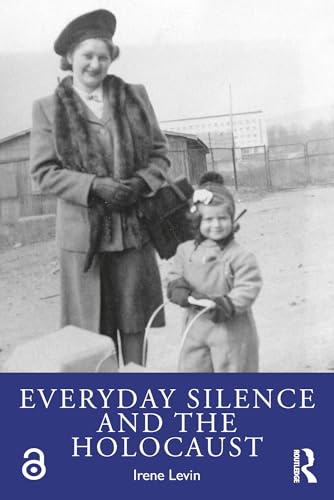
Defending National Treasures
by Elizabeth Karlsgodt
"French Art and Heritage Under Vichy"
Popularity
2.96 / 5
* A book's popularity is determined by how it compares to all other books on this website.
Where to buy?
Buy from Amazon* If you buy this book through the link above, we may receive a small commission at no extra cost to you.
Defending National Treasures by Elizabeth Karlsgodt
Details
War:
World War II
Perspective:
Researcher
True Story:
Yes
Biography:
No
Region:
Europe
Page Count:
405
Published Date:
2011
ISBN13:
9780804770187
Description
Brief Summary
Defending National Treasures by Elizabeth Karlsgodt provides a meticulously researched exploration of the fate of French art and heritage during the Nazi occupation. The book delves into how French cultural assets were safeguarded or exposed during this tumultuous period, unveiling the complex interplay between resistance and collaboration in the world of French museology.
Main Themes and Topics
The book primarily tackles the themes of cultural heritage preservation and the political dynamics that influence it, especially during times of conflict. Karlsgodt sheds light on the clandestine efforts to protect French national treasures and how these efforts often straddled the line between collaboration with Nazi forces and genuine attempts at resistance. The work also discusses the lasting impacts of these wartime policies on contemporary cultural policies in France. It raises important questions about the ownership and protection of art in the face of political instability.
Writing Style and Tone
Elizabeth Karlsgodt employs a scholarly but accessible writing style, ensuring that readers with an interest in history, art, and cultural policies can engage meaningfully with the text. The tone is analytical, yet empathetic, providing a balanced view of the dilemmas faced by curators and policymakers in Vichy France. Her prose is detailed and well-organized, making complex historical narratives clear and engaging.
Awards and Recognition
Defending National Treasures has been praised for its depth of research and unique perspective on a critical period in history. It has gained recognition among historians and has been used as an essential resource in academic settings focused on World War II, art history, and cultural studies.
Criticism
While the book is largely acclaimed for its thorough research and comprehensive examination, some critics have noted that its dense scholarly focus may be challenging for casual readers. The detailed historical accounts, while informative, sometimes slow the narrative pace, which might not appeal to those looking for a more straightforward historical recounting.









